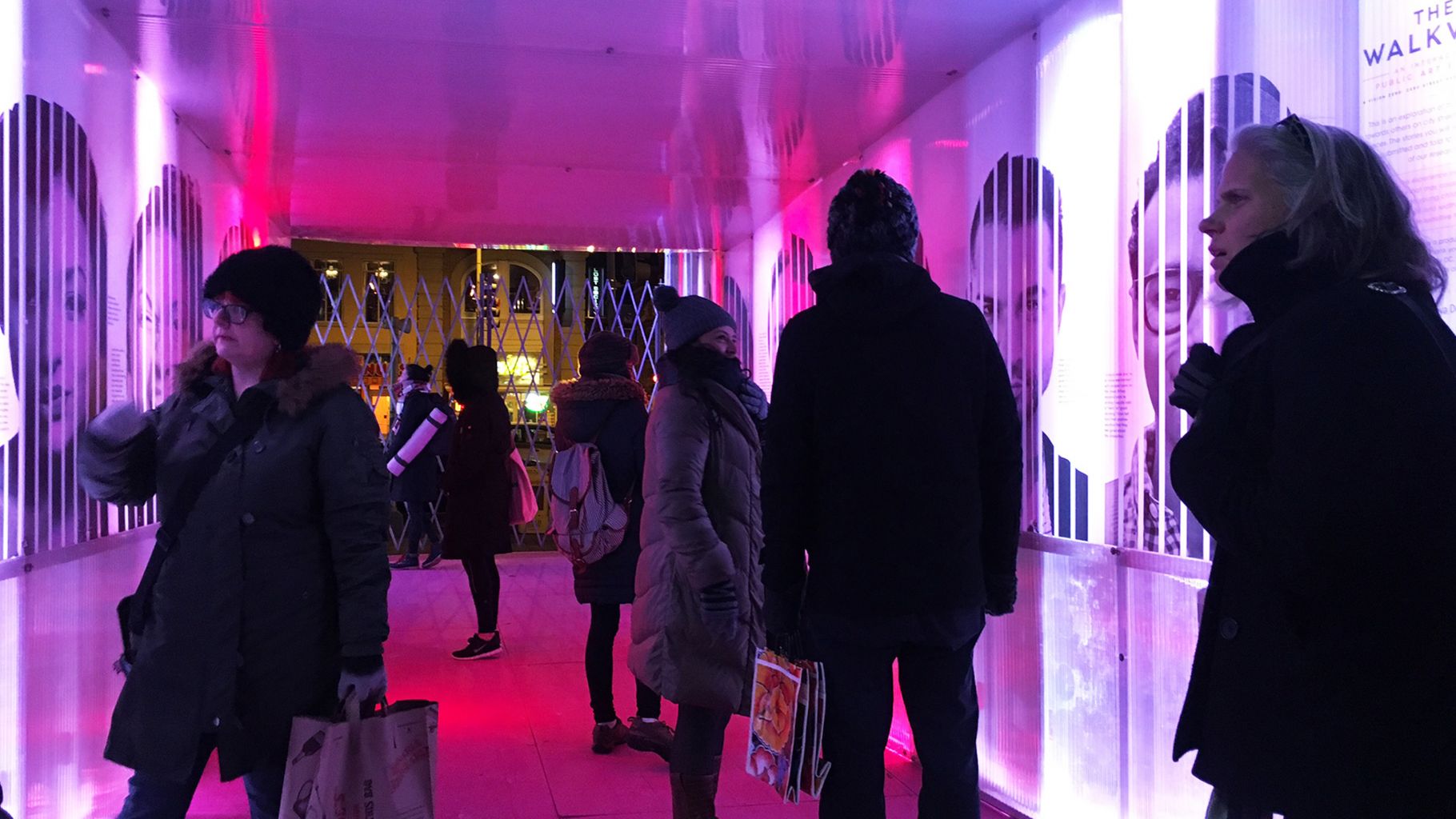
User-Centered Design In Architecture
The Oxford Dictionary defines architecture as “the art or practice of designing and constructing buildings.” However, recent trends point to an exciting new paradigm within the profession. Technology and design flexibility has allowed architects to explore new solutions that allow their designs to not only function but interact with people.
The concept of User Centered Design (UCD) is a design philosophy adapted from software development, where the user’s needs, experience, and limitations are at the forefront of the design process. It conforms products to adapt to the user, instead of users adapting to the product. This allows designers to create a richer and more holistic experience.
The idea has made its mark in the profession. Firms like UNStudio have begun implementing the methodology. Their design for the Taiwan Taoyuan International Airport combines natural way-finding, micro-climates, and culture, to create an innovative design that is functional, flexible and focused on its users.
At Marshall Moya, our recent experience with interactive design (Vision Zero) has opened new doors and creative strategies for our firm. We are excited to see where this movement can take our profession. As the definition of architecture evolves, so must the professionals who practice it.